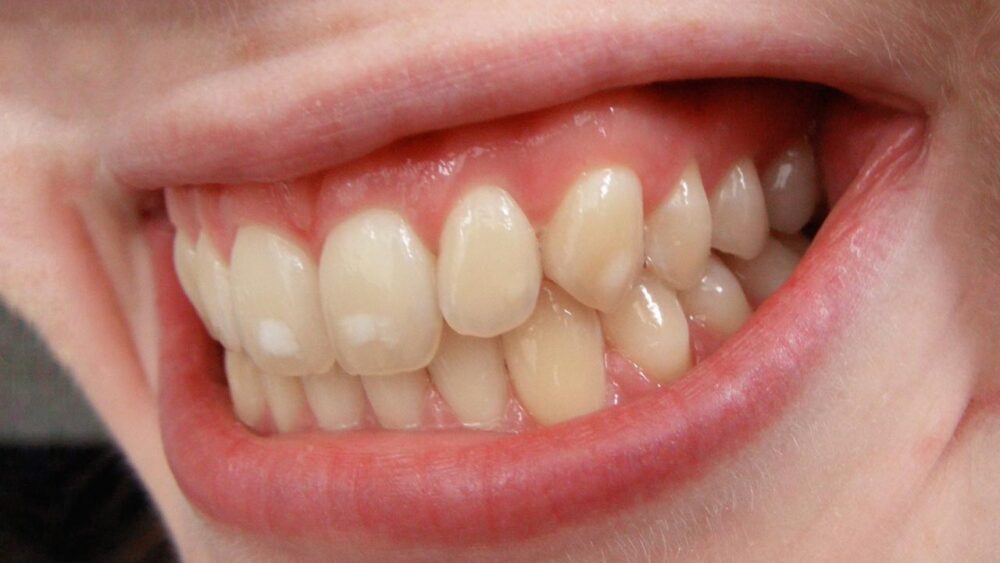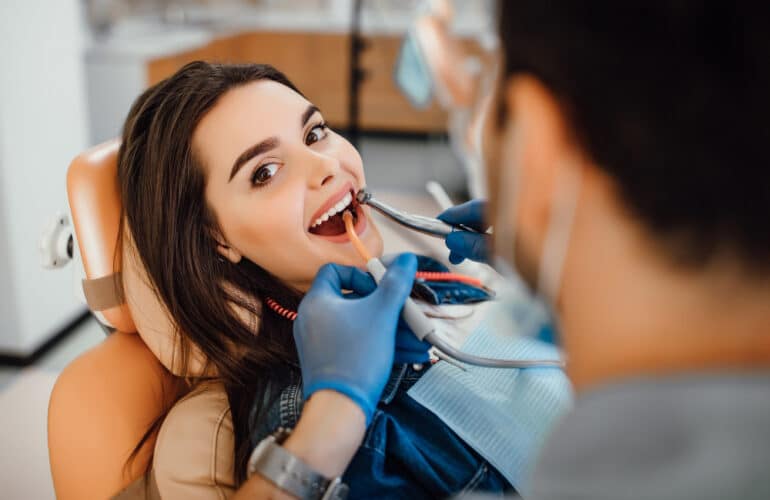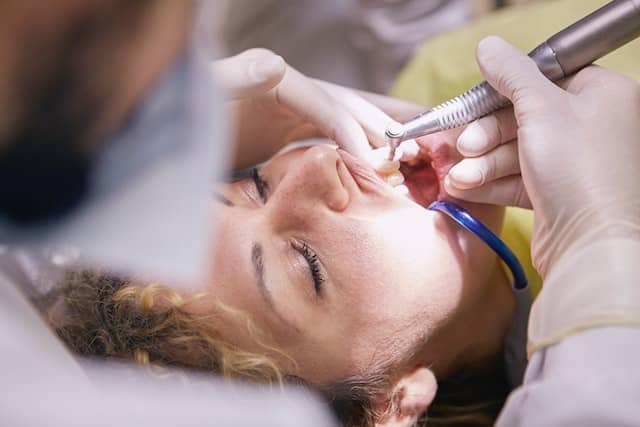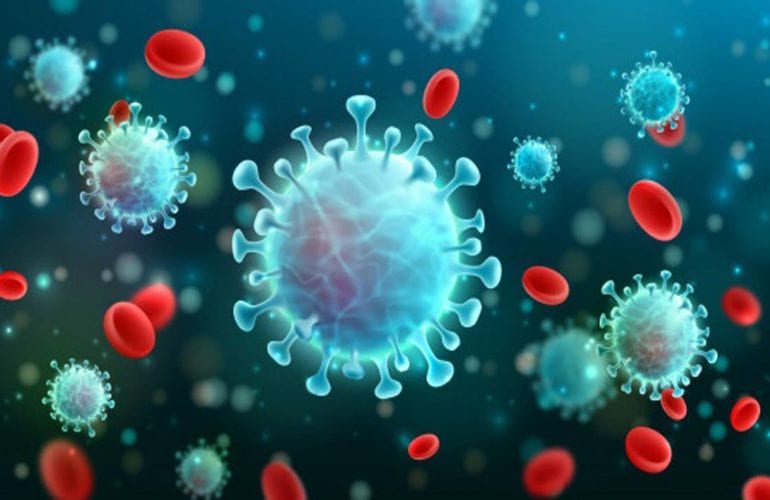fluorosis on baby teeth, commonly known as fluorosis, is one of the most common dental conditions in kids under age of 8 that change the appearance of the tooth enamel because of an excess of exposure to fluoride. Children whose permanent teeth are under forming are only at the risk of fluorosis. Adults and children older than age of 8 do not get fluorosis.
A kid whose permanent teeth are not formed or are under 8 years of age, can develop fluorosis at any time during the years if they are exposed to high levels of fluoride. The most common sources of fluoride during these years include toothpaste, drinking water, and fortified foods. Low levels of fluoride have been shown to help prevent cavities and are often recommended as a preventative measure for dental health in children and adults. Excess of fluoride can change the appearance of tooth enamel in a kid whose permanent teeth haven’t come in yet.
Dental Fluorosis Symptoms
If a kid has developed fluorosis, then the appearance of the tooth enamel will change. Normally, an infected tooth will become stained with white “splotches” or “streaking.” In most cases, mild dental fluorosis is found, which can be treated easily and it does not cause any damage to teeth or gums. Here are the most common signs of fluorosis:
- Brown spots on tooth enamel
- Pitting of the enamel
- Permanent damage to the tooth enamel
fluorosis on baby teeth Treatment
As stated above, most of the cases of fluorosis on baby teeth are mild and do not harm teeth and gums, but consulting a pediatric dentist is advisable before it spreads and becomes severe. Depending upon the severity, a pediatric dentist will consider treatment options such as teeth whitening, dental veneers, or other cosmetic dentistry techniques to correct any permanent discoloration.
As soon as a child reaches the age of 8, they are no longer at the risk of developing dental fluorosis. However, as preventive measures, parents can use the following techniques to check the growth of dental fluorosis in their kids:
- Use fluoride-free toothpaste for kids
- Supervise your child when they are brushing to ensure they are spitting out and not swallowing the toothpaste that has fluoride
- Keep toothpaste out of reach of children
- Find out more about the water fluoridation practice
From a Pediatric Dentist’s Desk
According to a pediatric dentist in Falls Church, most of the cases of dental fluorosis are mild in nature; thus, it is neither painful nor it causes any permanent damage to a kid’s teeth. In some severe cases of dental fluorosis, it can be treated through a number of cosmetic dentistry techniques such as whitening or veneers. Treatments for dental fluorosis are not painful and can be easily carried out without any problems or irritation to kids.
If you are noticing the change in the appearance of your kid’s teeth, then we recommend to consult a pediatric dentist for a dental checkup. If you are living in Falls Church, then contact Kakar Dental Group for fluorosis on baby teeth treatment today. Our dental team can give your child a whiter and healthier-looking smile that will stay with them forever.
If you are interested in a brighter smile, then we encourage you to contact our dental office today at 703-534-1611. To schedule an appointment for pediatric dentistry in Falls Church, please contact us at https://kakardentalgroup.com/contact-us.





[…] Fluoride is frequently found in drinking water as well as many kinds of toothpaste, and ingesting too much can cause dental discoloration and decay. When consumed in excess, it can cause fluorosis. […]